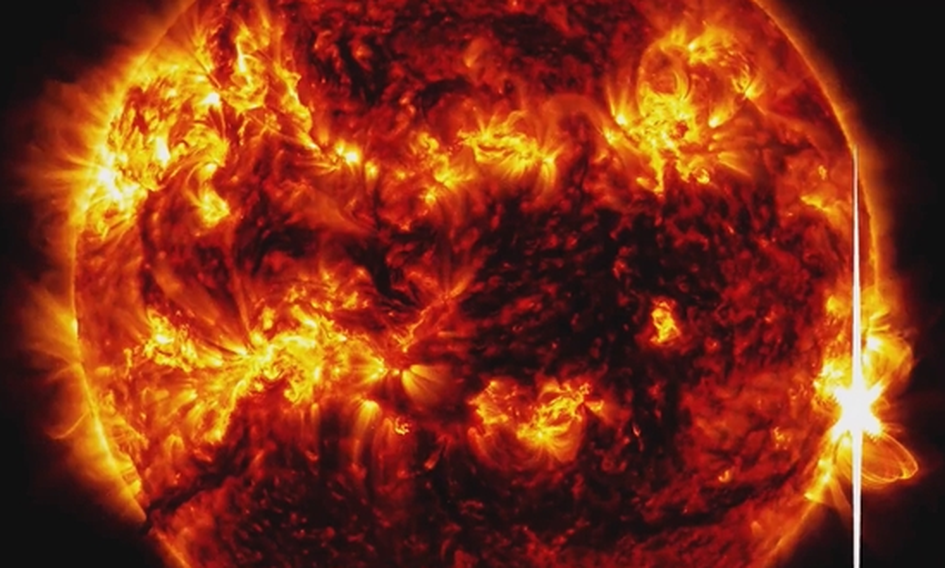Norman and the NERD: Google insider spills beans on how the quest for clean nuclear energy went ballistic at one of the world's largest technology companies with a weird detour via cold fusion
NERD program reshaped nuclear energy policy and advanced innovation

- Cold fusion revival sparked Google curiosity but yielded no conclusive evidence.
- Google’s bold nuclear projects highlighted innovation beyond traditional tech
- Google's NERD explored nuclear energy with audacious and pioneering ideas
Google has been at the center of many innovative developments, but its foray into nuclear energy development - aided by unexpected detours into cold fusion and machine learning - is a lesser-known chapter of its innovation journey.
To achieve its goals, Google partnered with TAE to enhance Norman, a machine designed for advanced plasma experiments, and NERD (Nuclear Energy R&D), Google’s bold program to explore clean nuclear energy.
A Google insider has now shed light on how this journey unfolded, complete with pioneering successes, bureaucratic battles, and a strange sidetrack into the discredited realm of cold fusion.
Tackling advanced nuclear policy
Google’s interest in nuclear energy wasn’t merely about technology, it extended to reshaping policies.
In collaboration with think tanks like Third Way, Google worked to create a policy landscape conducive to advanced nuclear development. Advanced reactor designs, which promise safety, efficiency, and better waste management, often face bureaucratic hurdles due to outdated regulatory frameworks.
To address this, the NERD team supported legislative efforts, resulting in multiple laws that modernized nuclear licensing and provided funding for demonstration projects.
This advocacy bore fruit. The US federal government committed billions to support the next wave of nuclear reactors, including small modular reactors (SMRs). Notably, Google recently signed an agreement to purchase nuclear power from SMRs, signalling its practical commitment to the nuclear renaissance.
Are you a pro? Subscribe to our newsletter
Sign up to the TechRadar Pro newsletter to get all the top news, opinion, features and guidance your business needs to succeed!
In the realm of nuclear fusion, Google combined its computing prowess with plasma research at TAE Technologies. The centerpiece of this effort was Norman, a reactor designed to heat plasma to extreme temperatures. The “optometrist algorithm”, a machine learning tool that optimized the reactor’s settings was key to this initiative.
Like an optometrist adjusting lenses for clarity, this algorithm enabled physicists to refine experiments efficiently, resulting in groundbreaking advancements in plasma stability and temperature control.
These collaborations pushed TAE to new heights, as Norman surpassed its initial goals, and the insights gained fueled the development of Copernicus, a reactor targeting the holy grail of energy breakeven, where energy output equals input.
However, NERD’s most unconventional project was its exploration of low-energy nuclear reactions (LENR), colloquially known as cold fusion. While cold fusion’s credibility was tarnished after controversial claims in the late 1980s, Google approached the topic with rigorous scientific scrutiny. Partnering with external researchers, Google funded 12 projects investigating whether anomalies in earlier experiments could yield a breakthrough.
The result? No evidence of cold fusion, but a wealth of peer-reviewed publications and unexpected applications. Nevertheless, Google’s nuclear endeavors didn’t stop with fusion and policy. The company explored nuclear excitation, a cutting-edge method to tailor nuclear reactions for energy generation or waste reduction.
The scale of Google’s ambition from transforming US nuclear policy to leveraging machine learning in fusion and re-examining debunked science is absolutely ballistic. This unconventional journey reflects Google’s broader philosophy: no idea is too big, too wild, or too controversial to explore. While not every initiative hit the mark, each contributed to a greater understanding of nuclear energy’s potential.
Via IEEE Spectrum
You might also like

Efosa has been writing about technology for over 7 years, initially driven by curiosity but now fueled by a strong passion for the field. He holds both a Master's and a PhD in sciences, which provided him with a solid foundation in analytical thinking. Efosa developed a keen interest in technology policy, specifically exploring the intersection of privacy, security, and politics. His research delves into how technological advancements influence regulatory frameworks and societal norms, particularly concerning data protection and cybersecurity. Upon joining TechRadar Pro, in addition to privacy and technology policy, he is also focused on B2B security products. Efosa can be contacted at this email: udinmwenefosa@gmail.com